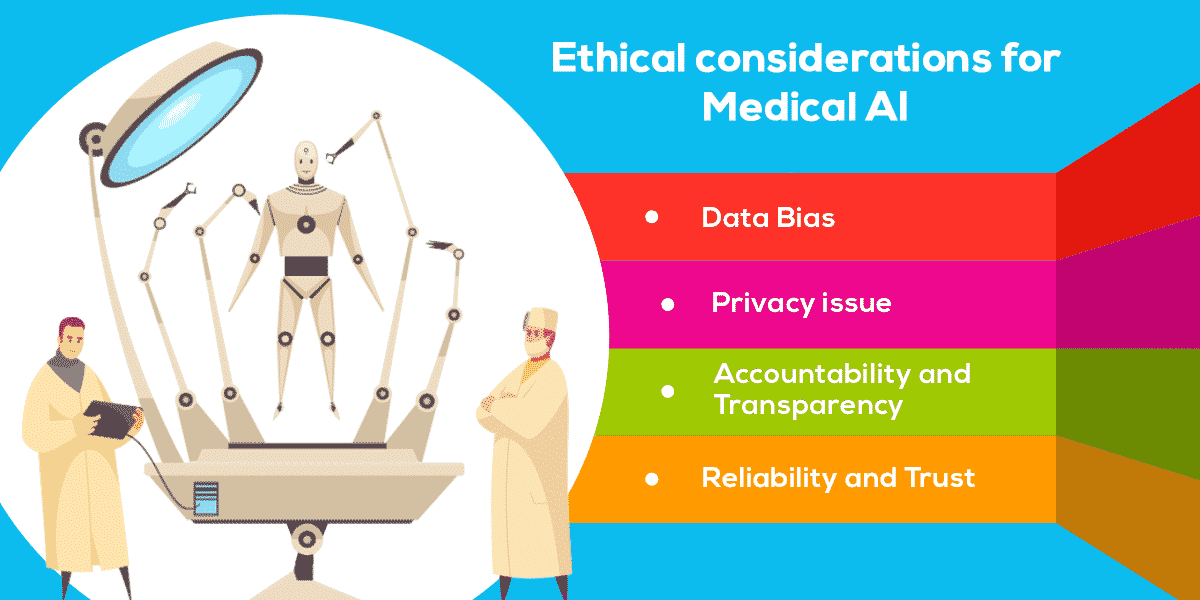Exploring the Impact of Prometheus on Modern IT Infrastructures
As someone who has spent a significant amount of time navigating the complexities of Artificial Intelligence, Cloud Solutions, and Security within the IT ecosystem, the evolution of monitoring and alerting tools like Prometheus resonates deeply with my experiences and professional endeavors. Prometheus, an open-source system that specializes in monitoring and alerting, has become a cornerstone in the management of modern IT infrastructures, particularly due to its effectiveness in providing real-time metrics and alerts.
Why Prometheus Matters for Businesses Like DBGM Consulting, Inc.
At DBGM Consulting, Inc., where we harness the power of cutting-edge technologies to drive business transformation, understanding and implementing efficient monitoring systems like Prometheus is crucial. Prometheus’s ability to collect and process metrics in real-time makes it an indispensable tool in our arsenal, especially when it comes to enhancing our Artificial Intelligence and Cloud Solutions offerings.
Key Features of Prometheus
- Multi-Dimensional Data Model: Prometheus allows data to be identified by metric name and key/value pairs, offering high-dimensional data. This is particularly beneficial for complex deployments and services.
- Powerful Query Language: Its query language, PromQL, allows for the slicing and dicing of collected data to generate insights, which is invaluable for performance tuning and troubleshooting.
- Strong Consistency: Prometheus’s data model and query language enables reliable alerting based on precise conditions, which is crucial for maintaining the integrity of business operations.
- Integrated Service Discovery: With its service discovery mechanism, Prometheus automatically discovers targets in various environments, reducing the need for manual intervention and simplifying configurations.
Case in Point: Utilizing Prometheus in a Multi-Cloud Strategy
In the realm of Cloud Solutions, migrating services across multiple cloud environments while ensuring reliability and performance can present significant challenges. Here, Prometheus plays a critical role. By leveraging Prometheus’s dynamic service discovery and robust alerting capabilities, we can create a highly responsive and self-healing infrastructure. For instance, in a recent project focused on application modernization for a client, Prometheus enabled us to effectively monitor diverse microservices across AWS and Google Cloud, thereby ensuring seamless performance and reliability, as discussed in my exploration of multi-cloud deployments on my site (reference: Automate Data Transfers in GCP with Cloud Functions).
Integrating Prometheus with AI and ML Models
Incorporating Prometheus into our AI and Machine Learning projects has also proven to be a game-changer. By monitoring the behavior and performance of AI models in real-time, Prometheus provides insights that are critical for fine-tuning and ensuring the reliability of these models. This synergy between Prometheus and AI technologies directly aligns with my passion for leveraging technology to solve complex problems, as evidenced by my academic focus at Harvard University.
Final Thoughts
Prometheus has established itself as an essential tool in the modern IT toolkit, offering capabilities that extend far beyond traditional monitoring and alerting. Its adaptability, combined with powerful data processing and a query language, makes it a fitting choice for businesses aiming to maintain cutting-edge technology infrastructures like DBGM Consulting, Inc. As we advance, the role of technologies like Prometheus in enhancing operational efficiency and reliability cannot be overstated. The journey of exploring and integrating such tools into our solutions is both challenging and rewarding, reflecting the ever-evolving landscape of IT and our continuous pursuit of excellence.
 >
> >
>